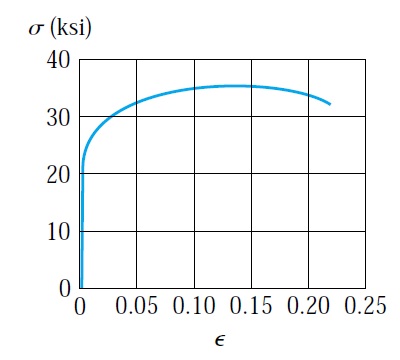Equivalent Single Axle Load (ESAL) in Pavement Design
The Concept of ESAL
Roadways are subjected to traffic from a wide range of vehicles, each with different axle configurations and weights. Since these vehicles exert varying degrees of stress on the pavement, ESAL provides a standardized measure to represent their combined effect.
The core idea behind ESAL is to express the cumulative traffic load on a road pavement as an equivalent number of passes of a standard axle load. This standard axle load is typically set at 80 kN. For example, if a road is subjected to an ESAL value of 10,000,000, it means the pavement experiences the same level of stress as 10 million passes of a single standard axle load.
Impact of Vehicle Weight on ESAL
As the weight of a vehicle increases, its impact on the pavement also increases exponentially. Heavier vehicles exert more force, resulting in a larger ESAL value. This is a key consideration in pavement design, as the roadway must be capable of withstanding long-term traffic loads without premature failure.
Calculating ESAL for Pavement Design
To design a pavement capable of enduring traffic loads over its service life, engineers calculate ESAL using the following equation:
Where:
- ADT (Average Daily Traffic) – The number of vehicles passing a specific point on a roadway per day under current conditions.
- T (Percentage of Trucks) – The proportion of total traffic volume represented by trucks, as they exert the most significant impact on pavement.
- TF (Truck Factor) – A factor that represents the relative pavement damage caused by different truck types.
- GF (Growth Factor) – A multiplier accounting for future traffic growth over the design life of the pavement.
- LDF (Lane Distribution Factor) – A factor considering how traffic is distributed among multiple lanes.
- DF (Directional Factor) – Adjusts for the percentage of traffic traveling in a specific direction.
- DL (Design Life in Years) – The planned lifespan of the pavement structure.
Applying ESAL in Pavement Design
The process of determining ESAL is a straightforward application of the formula. By evaluating the specific traffic conditions and inputting the relevant values, engineers can determine the total ESAL required for designing a pavement that meets performance expectations over its lifespan.
Conclusion
Understanding ESAL is essential for roadway engineers, as it ensures that pavement structures are designed to handle traffic loads efficiently. By converting complex mixed traffic conditions into a single representative value, ESAL allows for accurate, data-driven decision-making in pavement design, ultimately leading to more sustainable and long-lasting road infrastructure.
Check numerical example---> here















Comments
Post a Comment